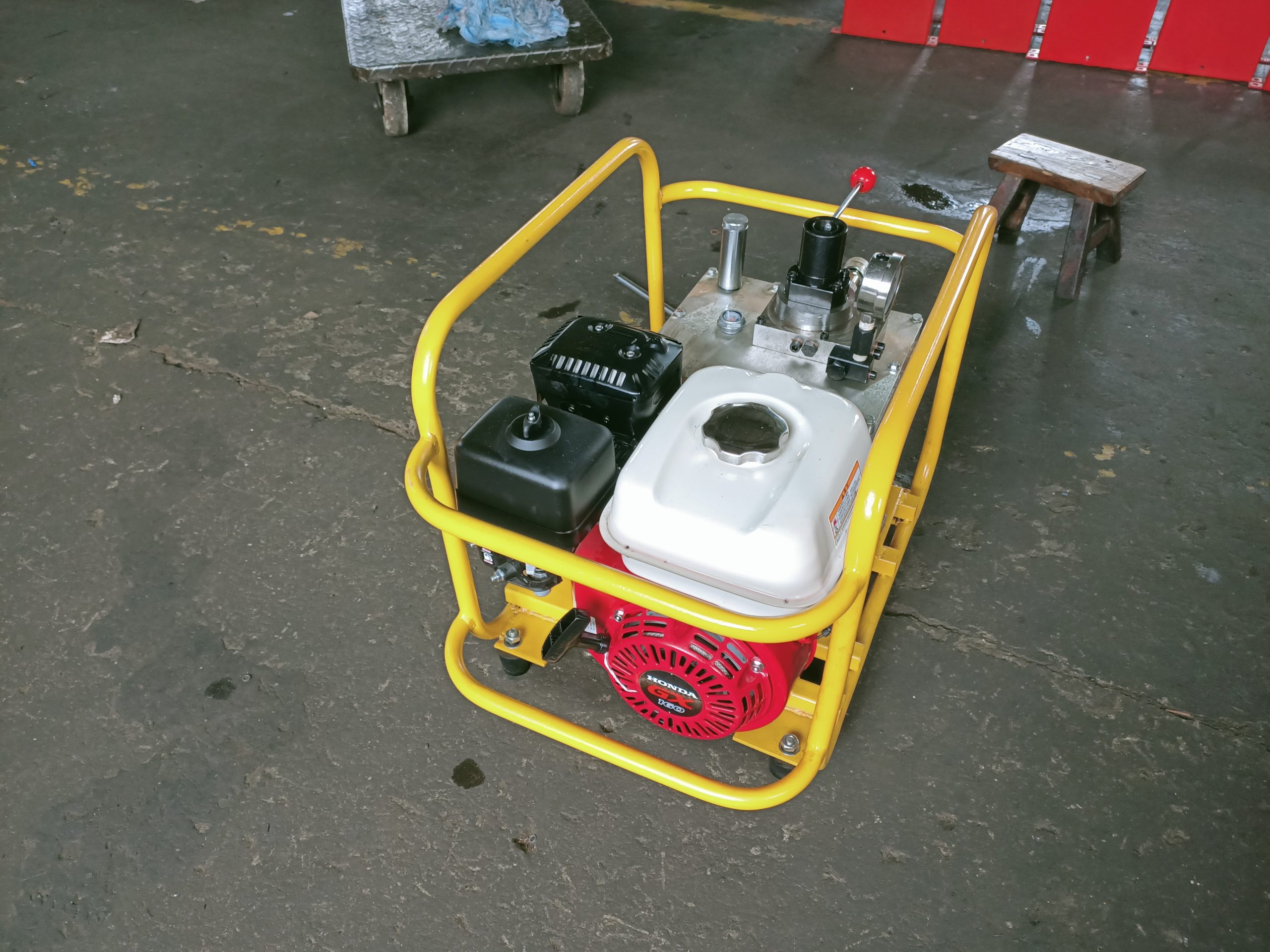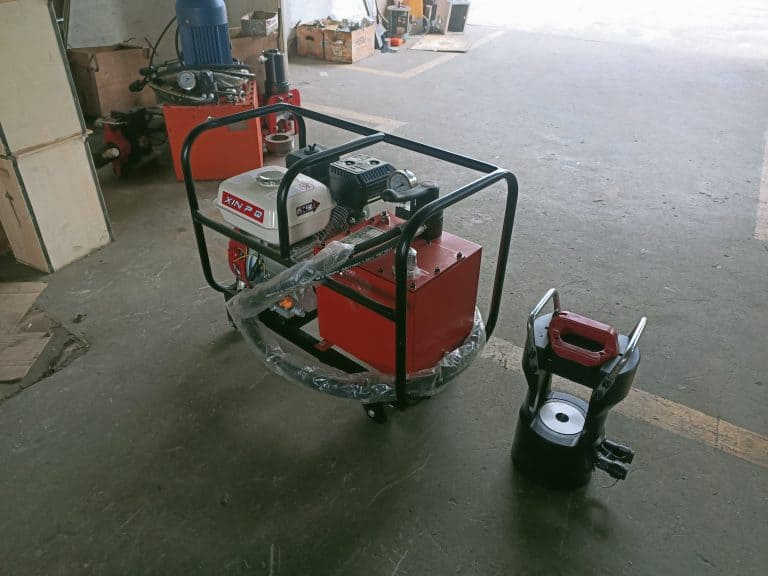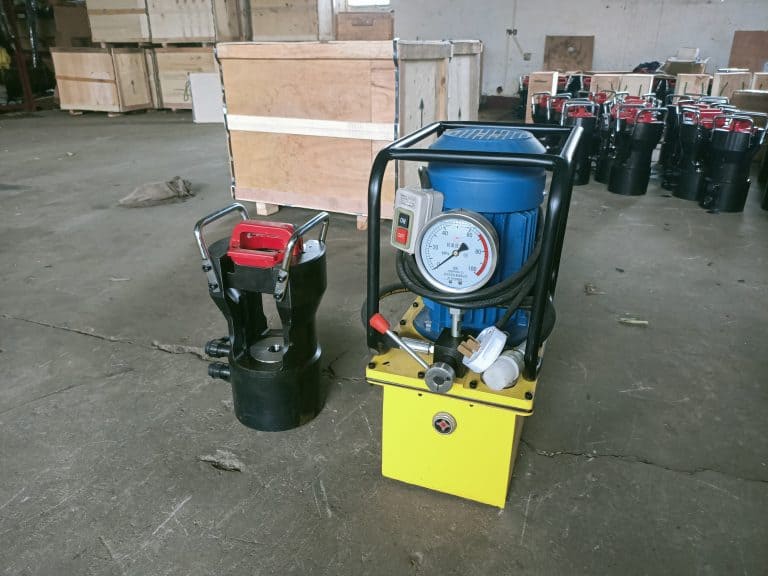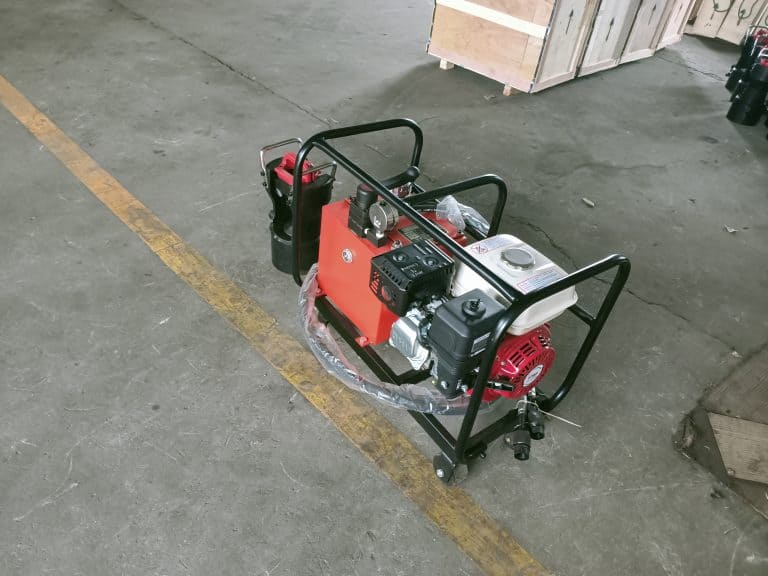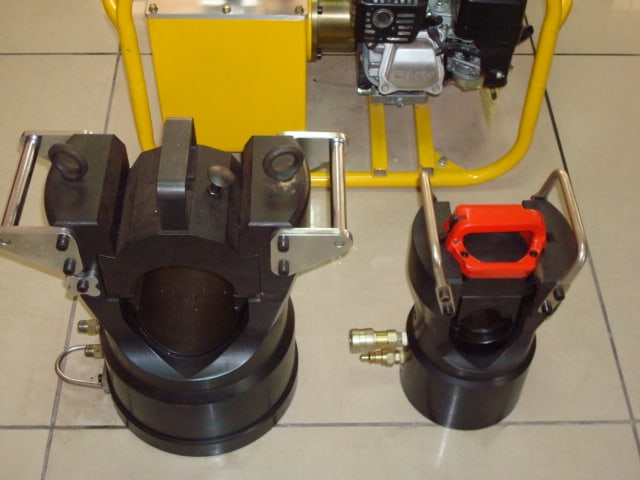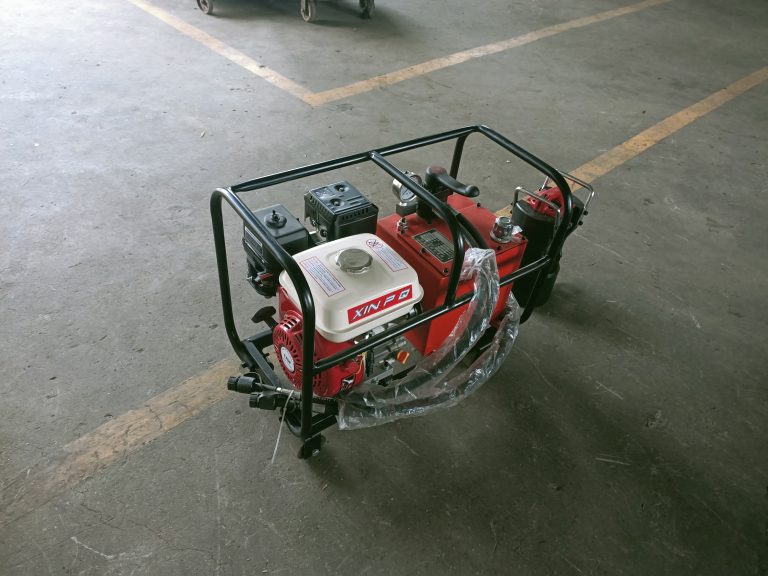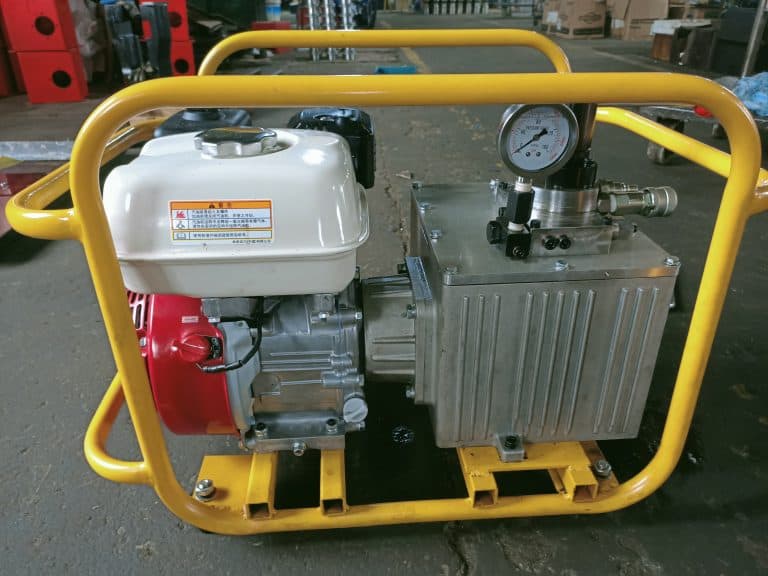Safely Using a Gas-Powered Hydraulic Power Unit for Cable and Conductor Crimping
Hydraulic power units are powerful machines that can make many tasks easier, including crimping cables…
Hydraulic power units are powerful machines that can make many tasks easier, including crimping cables and conductors. However, working with these machines requires proper knowledge and precautions to ensure safety. In this blog, we will discuss the steps to safely use a gas-powered hydraulic power unit for cable and conductor crimping.
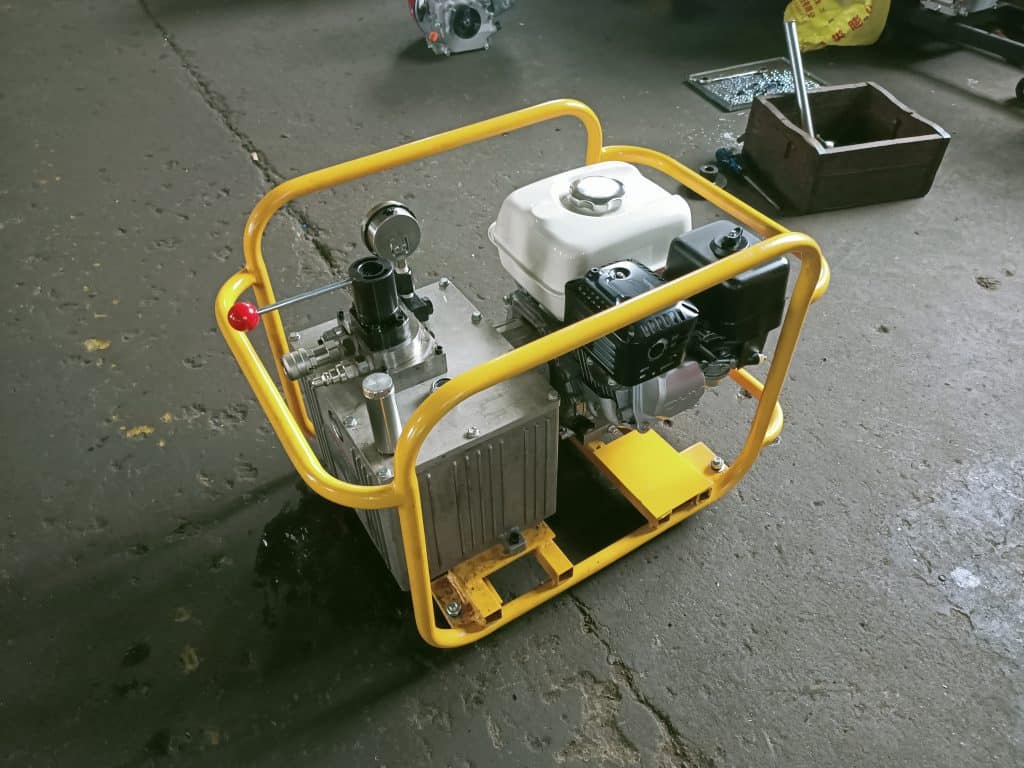
Step 1: Read the manual
Before using the gas-powered hydraulic power unit for sale, read the manual thoroughly. The manual provides important information on how to operate the machine and how to avoid potential hazards. The manual also provides instructions on how to perform maintenance and troubleshooting.
Step 2: Inspect the machine
Before starting the machine, inspect it for any visible damage or leaks. Check the hoses, fittings, and connectors for signs of wear or damage. Ensure that all components are properly attached and secured.
Step 3: Use personal protective equipment
Wear personal protective equipment (PPE) such as safety glasses, gloves, and earplugs. PPE protects you from any flying debris or loud noises generated by the machine.
Step 4: Properly position the machine
Ensure that the gas-powered hydraulic power unit is on a stable and level surface. Place it in an area where there is adequate ventilation to prevent any carbon monoxide buildup.
Step 5: Connect the hydraulic compression head
Connect the hydraulic compression head to the gas-powered hydraulic power unit. Make sure that the connections are tight and secure.
Step 6: Start the machine
Start the gas-powered hydraulic power unit according to the manufacturer’s instructions. Let it run for a few minutes to ensure that everything is functioning properly.
Step 7: Perform the crimping process
Perform the crimping process according to the manufacturer’s instructions. Ensure that the cable or conductor is properly positioned and aligned before beginning the crimping process. Use the hydraulic compression head to apply pressure to the cable or conductor until the crimp is complete.
Step 8: Shut down the machine
After completing the crimping process, shut down the machine according to the manufacturer’s instructions. Release the pressure from the hydraulic compression head and disconnect it from the gas-powered hydraulic power unit.
In conclusion, using a gas-powered hydraulic power unit for cable and conductor crimping requires proper knowledge and precautions. By following the steps outlined above, you can safely and effectively use a gas-powered hydraulic power unit for cable and conductor crimping. Remember to always read the manual, inspect the machine, wear PPE, properly position the machine, connect the hydraulic compression head, start the machine, perform the crimping process, and shut down the machine.

